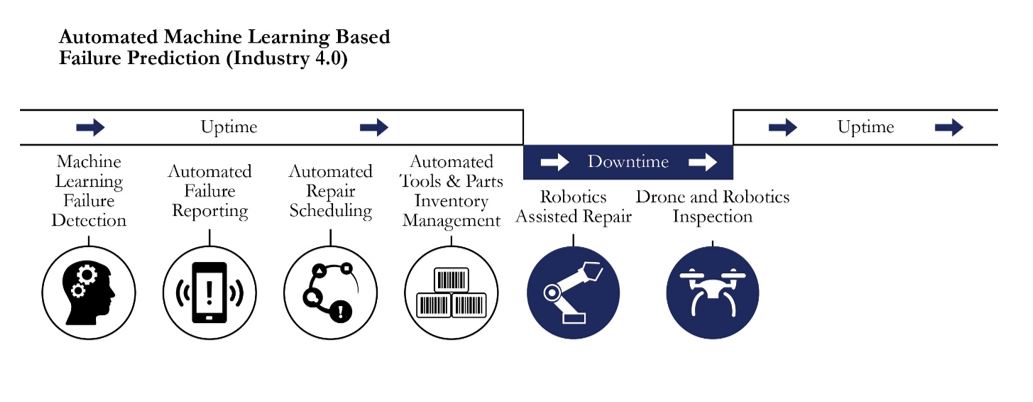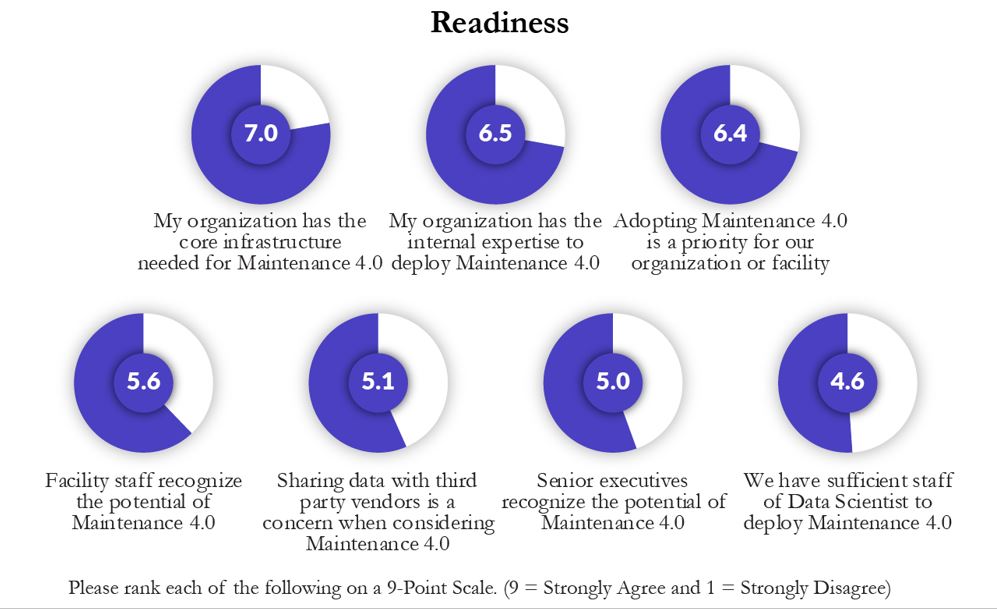

Analysts that cover topics related to Industry 4.0 tend to publish bullish and aggressive forecast of the financial impact of digitalization. Perhaps it is hard to cut through the noise in the analyst / thought leadership community with a moderate or nuanced outlook. Either way, as an observer of Maintenance 4.0, reality is not matching the hype. Many industrial plants are struggling with pedestrian challenges of implementation and are not achieving the growth and profitability that shareholders and senior management may expect.
Has the Maintenance 4.0 revolution slowed? The answer is complicated: the momentum has not changed, but there are practical deployment hurdles that must first be addressed. This article identities the factors that are inhibiting more widespread adoption and provides guidelines on how plants can accelerate its adoption.
Before diving into the why’s and the how’s, let’s start with a definition. Maintenance 4.0 is the application of machine learning, automated processes and robotics / drones to reliability and maintenance activities. The image depicts each stage of the repair process in the scenario where unscheduled downtime is replaced by scheduled downtime. The first step is that machine learning is used to detect when an asset is likely to fail, and plant technicians receive an automated alert. Based on this alert, work orders and tools are triggered, and tools and parts are sent automatically. During the repairs, robotics and drones are used to replace or augment manual human tasks.

In some ways, Maintenance 4.0 incorporates best practices, such as CMMS optimization. What makes Maintenance 4.0 “revolutionary” is that the decision-making process is driven by Artificial Intelligence that mines through the Big Data that is generated by the sensors embedded in industrial equipment. The extent to which machine learning can be applied to all the massive quantities of operational data in close to real time is the driving force.
It has been noticed that less than 1/3rd of IoT pilots actually scale. The pilot purgatory is the term used to describe this phenomena. The question for us is whether this bump on the path to Industry 4.0 adoption is this indicative of a long-term trend or merely a sign of early growing pains?
For the last two years, Presenso has collaborated with research conducted by Emory University on the topic of Maintenance 4.0. The purpose of this research is to gain insights from O&M employees directly and to identify disconnects between the reality of the plant floor and executive boardroom.
One of the consistent findings is that industrial plants are relatively mature in terms of infrastructure and technology but are concerned about a lack of data scientists in the labor market. Another significant factor relates to the sharing of data when considering Maintenance 4.0.

Although not reflected in the Emory research, from my experience in the industrial analytics domain, industry executives not only recognize the significance of Maintenance 4.0 but are willing to commit resources to implementation. It should be noted that in the dotcom era, investments in new technologies were not always made based on strict business model criteria.
The good news is that with Maintenance 4.0 and the industry hype has not eroded corporate discipline. Although Return on Investment analyses can be weighed by subjective factors, I have not seen companies invest in Maintenance 4.0 without a serious business case.
Within the exabytes of sensor data generated by industrial machines are micro-patterns that can tell us when a machine is likely to fail. Until recently, these patterns were undetectable to even the most advanced industrial monitoring tools.
Along with automation, Big Data is considered the engine of Maintenance 4.0. This is because data scientists are finding way to understand the data patterns and then use this information to improve machine up-time.
The lack of data scientists has been well-documented in the last few years. There are simply not enough data scientists to support the growing demand from multiple sectors including the industrial domain.
Are there workarounds? One factor is that tech companies, such as Google and Amazon, are releasing end-user analytics tools that could be applied to different industrial scenarios.
Relying on tools that dependent on the skill set at an O&M level, risks a plant’s ability to scale industrial analytics. The alternative is to deploy tools that require no human input to train the algorithm on the underlying behavior of the machine or to analyse data using generic tools.
One of the most exciting developments in the Machine Learning discipline is Automated Machine Learning (AutoML). With AutoML, laborious and repetitive time-consuming tasks, such as data pre-processing and algorithm selection are performed by algorithms. In the long-run, replacing human labor with artificial intelligence is the only way to achieve significant scale.
Maintenance 4.0 may have slowed, but it will not accelerate if it is dependent on the supply of machine learning experts in the labor market. Advances in machine learning, such as AutoML will eliminate the need for costly big data scientists and experts at the plant floor level.
 Guest Blogger
Guest BloggerBio: Ophir Glazer is the VP of Sales at Presenso, where he helps industrial companies increase their production throughput and reduce maintenance costs. Ophir joined Presenso from IBM where he held various leadership positions. Ophir holds a BS in computer science.

